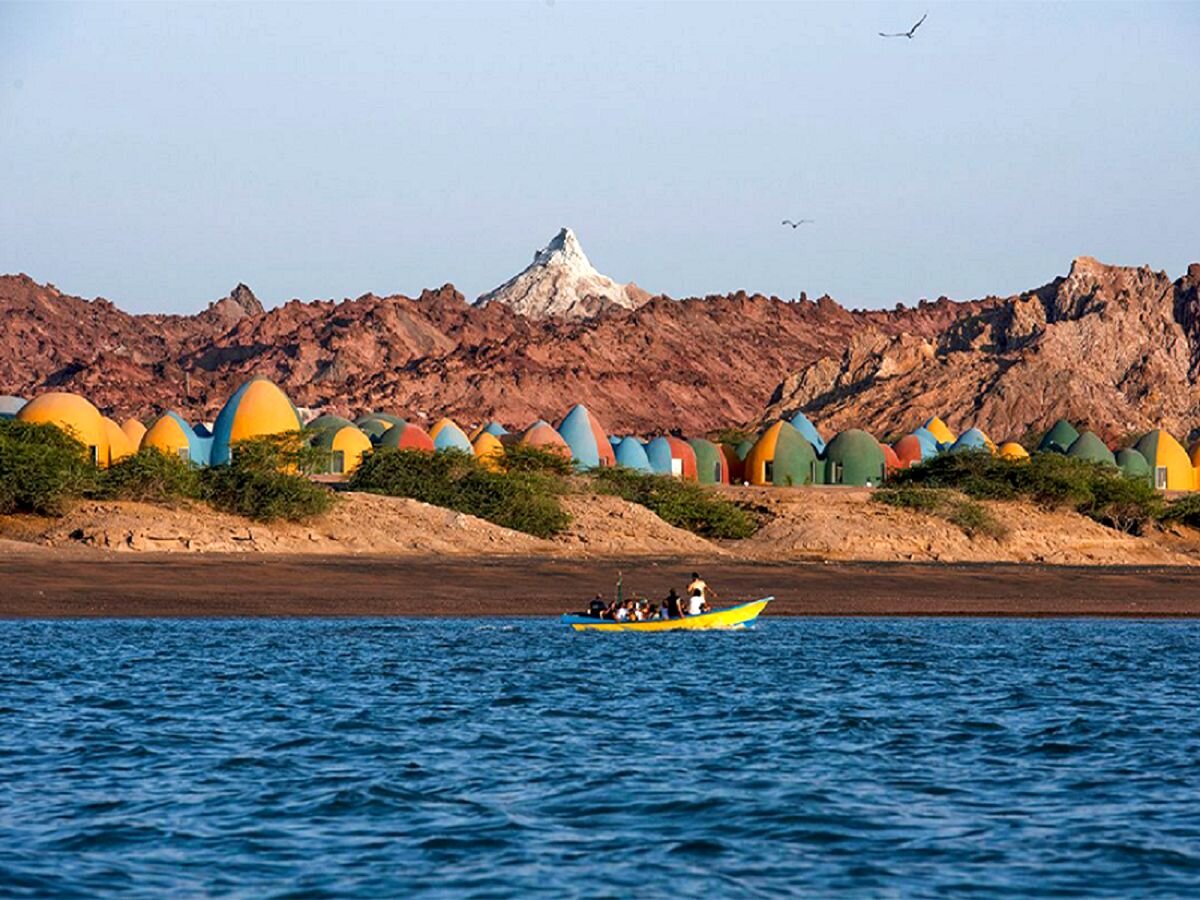Qeshm Island, where eco-lodges help foster community growth and sustainable tourism

TEHRAN – Home to 149 guesthouses and eco-lodges, Qeshm Island--southern Iran’s crown jewel in the Persian Gulf--is emerging as a model for community-based and sustainable tourism.
These locally run accommodations are not only boosting the island’s tourism economy but also helping to preserve its unique cultural heritage and ecological diversity.
In fact, eco-lodges on the island play a crucial role in creating employment, supporting small businesses, and encouraging environmental stewardship by using locally sourced materials and promoting traditional lifestyles.
By offering visitors authentic cultural experiences rooted in the island’s customs, cuisine, and natural environment, the eco-lodges help foster deep and meaningful connections between tourists and the local way of life.
Qeshm is renowned for its rich cultural heritage and breathtaking landscapes. The island’s eco-lodges, particularly those in the western region, showcase traditional architecture adapted to the local climate—thick walls, wind towers, and natural materials—all of which reflect centuries-old knowledge passed down through generations. This blend of sustainability and heritage not only attracts environmentally conscious travelers but also motivates residents to preserve their traditions.
Located along the Strait of Hormuz, Qeshm stretches parallel to Iran’s southern coast. It spans 135 kilometers in length and averages 11 kilometers in width. With a land area of approximately 1,491 square kilometers, Qeshm is larger than several countries, including Bahrain and Singapore. The island is part of Hormozgan Province and, along with nearby Larak Island, forms Qeshm County, home to around 190,000 residents.
Strategically positioned at the mouth of one of the world’s most vital maritime trade routes, Qeshm is where geography, biodiversity, and ancient culture converge.
The island is celebrated for its ecological richness, including the Hara Forests—an expansive mangrove ecosystem covering more than 8,000 hectares. Designated a UNESCO biosphere reserve, these forests serve as vital breeding grounds for migratory birds, fish, and reptiles, and play a key role in maintaining the ecological balance of the Persian Gulf.
Qeshm is also home to 26 geosites that form part of the Qeshm Island Geopark, the first UNESCO Global Geopark in the Middle East. Initially designated in 2006, the geopark was temporarily removed from the list before being reinstated in 2017 following improved conservation measures and infrastructure development.
Often referred to as a “natural geology museum,” Qeshm is famed for its surreal rock formations and dramatic landscapes. Among its most iconic natural attractions is the Valley of the Stars—a labyrinth of wind-carved canyons and towering sedimentary structures shaped over millennia. Local legend claims a star once fell in the area, lending the site its mystical name.
With its unique blend of nature, culture, and community-driven tourism, Qeshm Island continues to draw travelers seeking meaningful, responsible, and immersive experiences.
AM
Leave a Comment